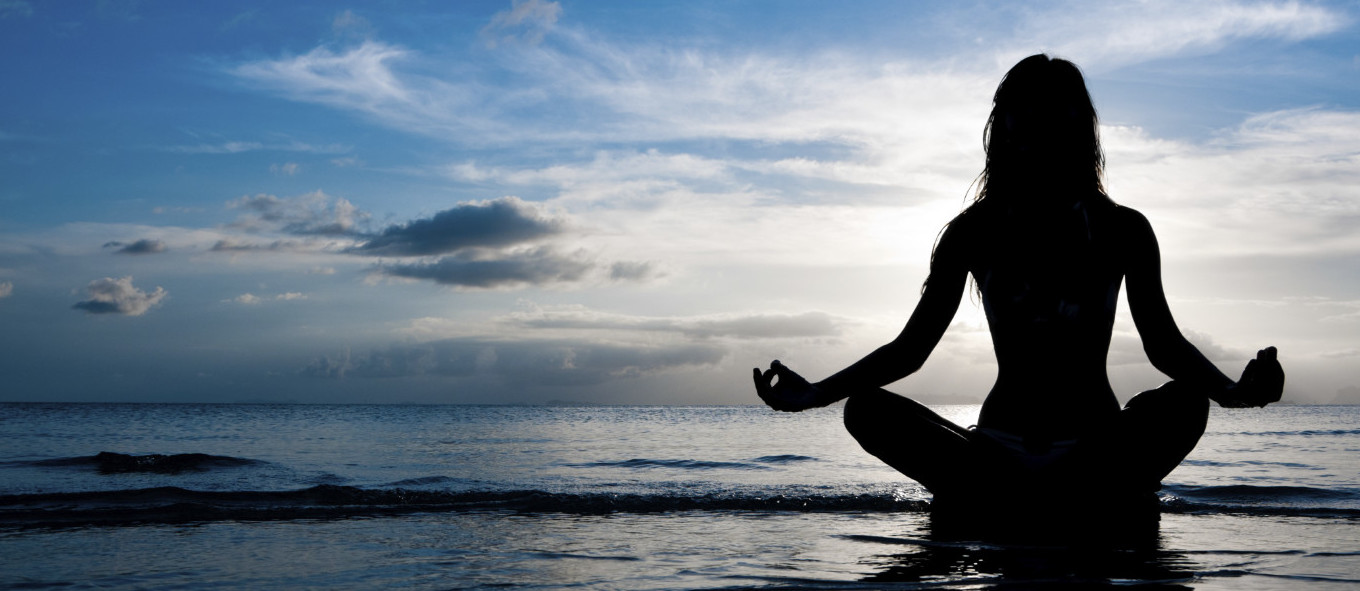
When I first heard the word yoga, I was young, a child really. And, I was a little confused about what it was and who the people were that were doing it. Maybe hippies? Maybe monks? Maybe only dancers and acrobats? The idea of yoga seemed very foreign and mysterious. As I got older, I realized I didn’t have to be a hippie or a monk (or Sting). I was an athlete . . . a sore one. My body was beginning to betray me, objecting to running, lifting weights and step aerobics. I began a yoga practice at my local YMCA. I thought the classes were wonderful. They were intense. I often perspired (profusely), and I was sometimes sore afterwards. But, I still got the rush of endorphins from the “practice” just as I might have had I done a Zumba class. Then, I strayed from this class. And, I learned not all yoga classes are the same. The names scared me; sometimes the classes scared me too.
So the question becomes: What is in a name? As it turns out, plenty of information is in the name, if you know what the words mean. As a person looking to practice, the name of the class can be the first hint into what it will offer. While we may be missing a few styles, here are a few types of more commonly seen yoga classes:
Ashtanga yoga
Bikram yoga
Hatha yoga
Hot yoga
Iyengar yoga
Power yoga
Prenatal yoga
Restorative yoga
Vinyasa yoga
Yin yoga
If we can know what these “titles” are, we have insight into what the class is likely to offer.
Ashtanga yoga: This could be called the “old” yoga and is also known as the “eight-limbed” yoga. Its name comes from the yoga Sutras of Pantajali. This practice finds its roots in the yoga laid out by Vamara Rishi in the text Yoga Korunta. This text was handed down to Guru Rama Mohan Brahmachari, who passed it on to his pupil Sri T. Krishnamacharya in the early part of the 1900’s. He memorialized it in book form. Krishnamacharya is considered the “father” of modern yoga by some. However, Ashtanga yoga was largely made popular by K. Pattabhi Jois. As with many practices, Ashtanga yoga focuses on breathing and movement (vinyaysa). Each breath has a movement. Each pose follows a particular order. Participants in a traditional ashtanga yoga practice will not experience much variety from class to class. Ashtanga has a rigid devotion to the order of asanas and the value that is derived from adhering to that order. This practice can also involve some of the more esoteric aspects of the practice.
Bikram yoga: This school of yoga was developed by Bikram Choudhury. The practice involves a sequence of 26 asanas or poses, the order of which Bikram specifically designed. This style of yoga was created to last 90 minutes and ideally be executed in a heated room. Theoretically, a Bikram class will be the same poses and sequence no matter where it is taught.
Hatha yoga: When speaking of yoga generally, it relates to Hatha yoga. Hatha yoga has its roots in Hindu texts. Hatha yoga is comprised of 10 practices, mudras. Primarily, modern classes focus on the asanas or poses. In the west, Hatha yoga is the basics and the variety of the practice or the focus of the practice is left to the instructor guiding the class and the participant. Hatha yoga does not follow a rigid sequence of poses, consequently, the flavor the instructor brings to the teaching shapes the practice considerably. Hatha yoga may just be poses and relaxation, or the practitioner may delve deeper into some of the more philosophical and spiritual areas that the practice raises.
Hot yoga: This type of yoga is in really hot room. It is common to find a Bikram style of practice in this setting. This is likely to be more of a “workout” type of yoga. And, while many people find the intensity of this type of yoga rewarding, others find hot yoga oppressive. Additionally, a participant can find it easier to stretch their body further than it may be safe to go. Bring a towel and lots of water!!!
Iyengar yoga: This yoga, like Bikram, is named for the man who created its style, B.K.S. Iyengar. This practice is rooted in Hatha yoga. In this practice there is an intense devotion to alignment in poses. There is precision: specific amounts of time to hold poses as well as specific sequences for poses.
Power yoga: This type of practice typically focuses on the asanas requiring strength. They can be very demanding classes much like a hot yoga class. This title is often uses as a catch all denoting a more intense type of class.
Prenatal yoga: The name does speak for itself. Pregnant woman make a variety of lifestyle and dietary changes during pregnancy. Prenatal yoga classes acknowledge the physical and emotional changes that the woman is experiencing. Aside from creating an environment of similar situated women, the prenatal practice offers immediately modified versions of asanas. While poses can always be modified and adjusted to suit the participant, attending a class geared to the specific needs of pregnant women can be a real gift. This class is very likely to take advantage of the huge benefits that props such as blankets, bolsters and blocks provide.
Restorative yoga: Again, the name is revealing. This type of class will typically be slower paced with a focus on the use of pranayama to engage the parasympathetic nervous system (PSNS).
Vinyasa Yoga: Vinyasa or Vinyasa flow is sometimes used as a bit of a generic term. This type of class might also be referred to as a “flow” class. This is somewhat misleading because all yoga practice involves “flow”; the flow of air / breath with movement and poses. For example, power yoga and ashtanga would be vinyasa yoga. A class title with this name, and no other description, provides minimal insight into the intensity of the specific class. A practitioner may want to look to see if the name is accompanied by an experience level or call the studio for more specifics.
Yin yoga: This will be a slow class. For those who prefer a fast-paced class, prepare to move at a glacial pace. In this style of yoga, poses are held for as long, and perhaps longer, as 5 minutes. This style of yoga allows for a more meditative practice while experiencing the nuances of the impact on connective tissue, ligaments and joints.
All of these styles of yoga have their benefits; and poses from style to style will largely be the same in principle. The practice and the poses will vary in execution, intensity, pace and focus. Understanding a general idea of what the class may be allows you to choose the right fit for you.



